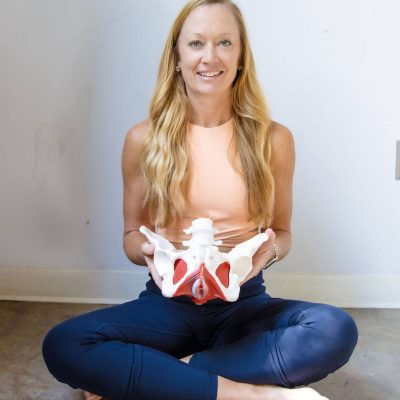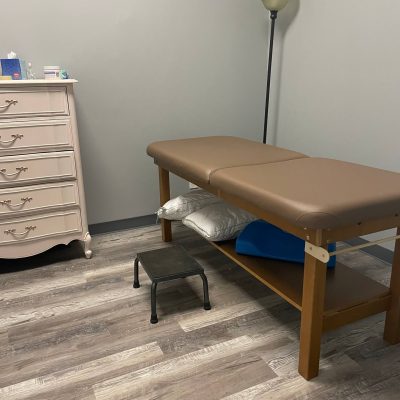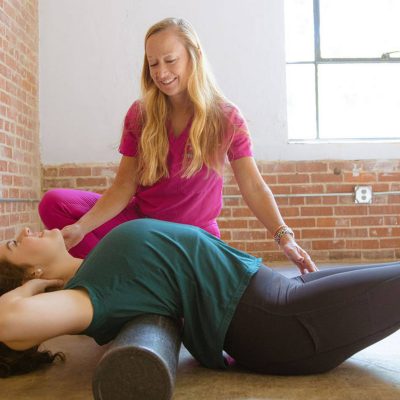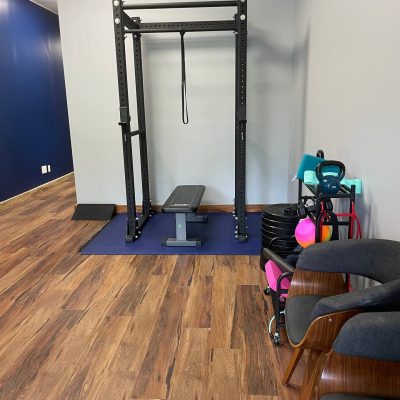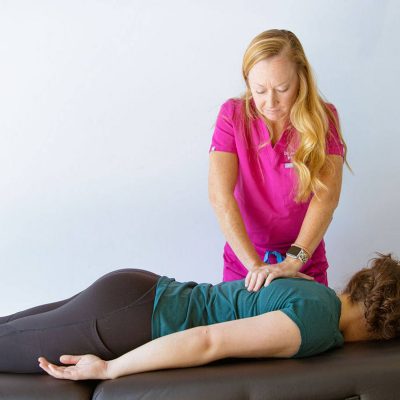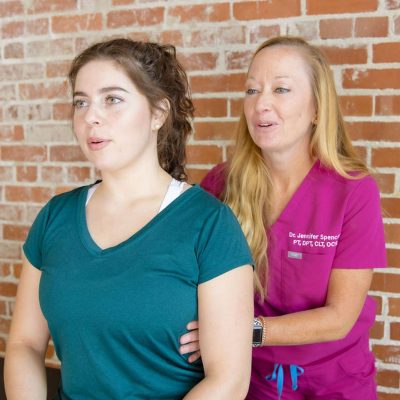Hip hinging, also known as a hip hinge movement, is a fundamental biomechanical motion pattern that involves flexing and extending at the hips while maintaining a relatively straight spine. This movement is commonly used in exercises and activities that require proper lifting technique, such as deadlifts, kettlebell swings, and even picking up objects from the ground.
The hip hinge movement primarily involves the hip joint, where the hip flexors and extensors are the main muscles responsible for the motion. When you perform a hip hinge, you push your hips backward while maintaining a neutral spine, allowing the hips to bend and the torso to angle forward. This movement pattern helps to stretch and then engage the glute muscles. Proper hip hinge technique is crucial to avoid putting excessive stress on your lower back and to effectively engage the muscles that should be working during the movement.
Some key points for performing a hip hinge correctly include:
- Maintain a neutral spine: Keep your spine in a neutral position throughout the movement, avoiding excessive rounding or arching of the back.
- Push hips back: Initiate the movement by pushing your hips backward while keeping your knees slightly bent. Imagine you’re closing a door with your butt.
- Bend only at the hips: As your hips move back, your torso will naturally angle forward, creating a hinge-like motion at your hips
- Use the glutes and hamstrings: The primary force for returning to an upright position comes from your glutes and hamstrings. Focus on using these muscles to extend your hips. You should feel your glutes and proximal hamstrings when doing the motion correctly.
- Maintain a slight knee bend: While your knees will naturally bend a bit, the primary movement should be at the hips, not the knees.
- Keep most of your weight in your heels. Keep toes pointing straight forward.
Hip hinging is an essential movement pattern for maintaining proper body mechanics during various physical activities, especially when lifting heavy objects. Learning and practicing proper hip hinge technique can help prevent injuries and improve your overall functional strength. If you’re new to hip hinging or lifting exercises, it’s a good idea to seek guidance from a fitness professional to ensure you’re performing the movement correctly.
Hip hinging and the pelvic floor are related in the context of movement mechanics and body awareness, particularly during exercises that involve hip hinging motions. The pelvic floor is a group of muscles located at the base of the pelvis, and it plays a crucial role in supporting the pelvic organs, controlling bowel and bladder function, and stabilizing the spine.
Hip hinging movements are vital to preventing pelvic floor dysfunction, and avoiding excessive intra-abdominal pressure. Here’s how the two are related:
- Getting good glute lengthening and activation can assist in taking pressure off the pelvic floor. We find a lot of our clients tend to clench their glutes, inherently weakening this muscle group. If the glutes aren’t working like they should, something else (like the pelvic floor) will compensate. Lengthening and strengthening the glutes can help take this unwanted pressure off the pelvic floor.
- Breathing Patterns: Coordinating your breathing with the hip hinge is important. Inhaling as you hinge down and exhaling as you return to upright stance can help maintain proper pressure distribution. This can help protect your pelvic floor while lifting and help to lessen increased intra-abdominal pressure (which can negatively impact the pelvic floor).
- Mindful Movement: Being aware of your body’s alignment, pelvic position, and how your pelvic floor feels during the movement can help you better perform the exercise. Ultimately we want this hinge action to become automatic for our clients when they are loading and unloading the dishwasher, picking up their toddler, laying their baby in the crib, and various other activities of daily living.
Incorporating proper hip hinge mechanics, core engagement, and mindful pelvic floor relaxation can contribute to better movement patterns and pelvic floor health. If you’re unsure about how to properly engage your pelvic floor during movements like hinging, squatting, or other daily activities, come see us at Magic City Physical Therapy and work with one of our trained pelvic floor physical therapists.

